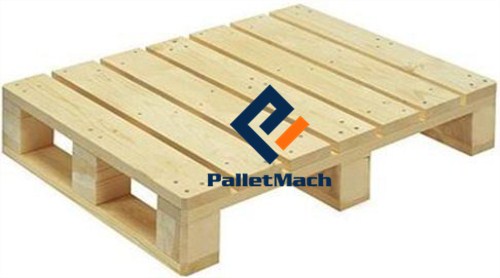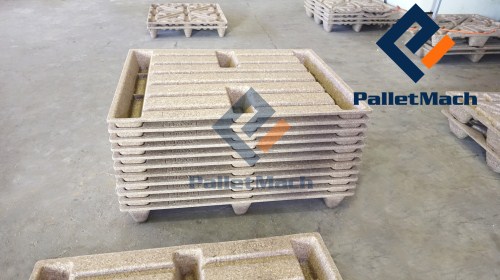Wooden pallets are crucial part in the international shipping and logistics industry. But presswood pallets are more and more popular due to its advantages.
International exporters need to consider the materials they use in their shipping logistics, beyond the contents of the load, for a variety of reasons. Depending on the shipment, there will be important durability and hygiene standards to meet. However, if the shipment is to be dispatched via wooden pallets, it is important to consider the international customs requirements that will apply at various receiving ports.
What are the international standards?
The ISPMs are recognised as the industry standard by all members of the World Trade Organization (WTO).
The International Standards for Phytosanitary Measures No. 15 (ISPM) was developed with the aim of regulating and minimising the risk of transferring pests via wooden packaging materials used for international shipping. The ISPMs are recognised as the industry standard by all members of the World Trade Organization (WTO). The regulations apply to a wide variety of packaging materials, including wooden pallet. In total, over 70 countries – with the EU recognised as one whole, use ISPM standards. Exporters shipping to those nations need to ensure their load complies with the regulations.

In order to fulfill requirements, the wood must be certified as meeting the standard and bear the relevant mark. Some countries will also want to see supporting documentation. Fumigation treatment must be applied to the level specified in the documentation and only certified providers and manufacturers are able to authenticate the standard. Any shipment that has not been treated may be refused entry at the destination port.
Wooden pallet is subject to ISPM regulations.
Minimising the risks with presswood pallets
Presswood pallets are a faster option when it comes to clearing customs, according to Logistics Magazine. Unable to harbour pests and easily cleaned, presswood pallets do not require fumigation or need to bear the ISPM certification mark that must be applied to wooden pallets. Risk of delay due to improper supporting ISPM documentation is non-existent.
There are significant wider benefits to using presswood pallets as well:

Lightweight
Compared to the wooden alternative, lightweight presswood pallets can represent a saving of up to 20-30 kg, reducing incurred freight costs. Presswood pallets are 60% lighter than conventional wooden pallets. But, the same load capacity.
Space saving
Same size of presswood pallets is nestable. And, they can be easily separated from a stack with a fork lift truck. Nesting pallets reduces storage space by up to 70% than conventional wooden pallets.
For example, the height of 50 pieces of presswood nestable pallets is about 2.37 meter. However, the height of 20 pieces of traditional wooden pallets is 2.7 meters.
Health and safety compliant
Easy to clean and sanitise, hygienic presswood pallets outperform wood in terms of contamination issues and safer handling.
Round edges design of presswood pallet is suitable for cargo safety, and perfect reinforcing rib to enhance loading ability. Accurate size with one time pressed, no bending.
Environmentally friendly
No deforestation and sustainability issues occur when presswood pallets are used. And our presswood pallet machine manufactures pallets from recycled materials.
Old pallets which are no longer usable can be shredded and re-glued to make new compressed wood pallet. And the waste wooden pallets are only as the raw materials of compressed wood pallets.
PalletMach is the leading manufacturer of presswood pallet machine, which with more than 15 years of production experience.
For more information about the benefits of using presswood pallets in international shipping, contact PalletMach today.
